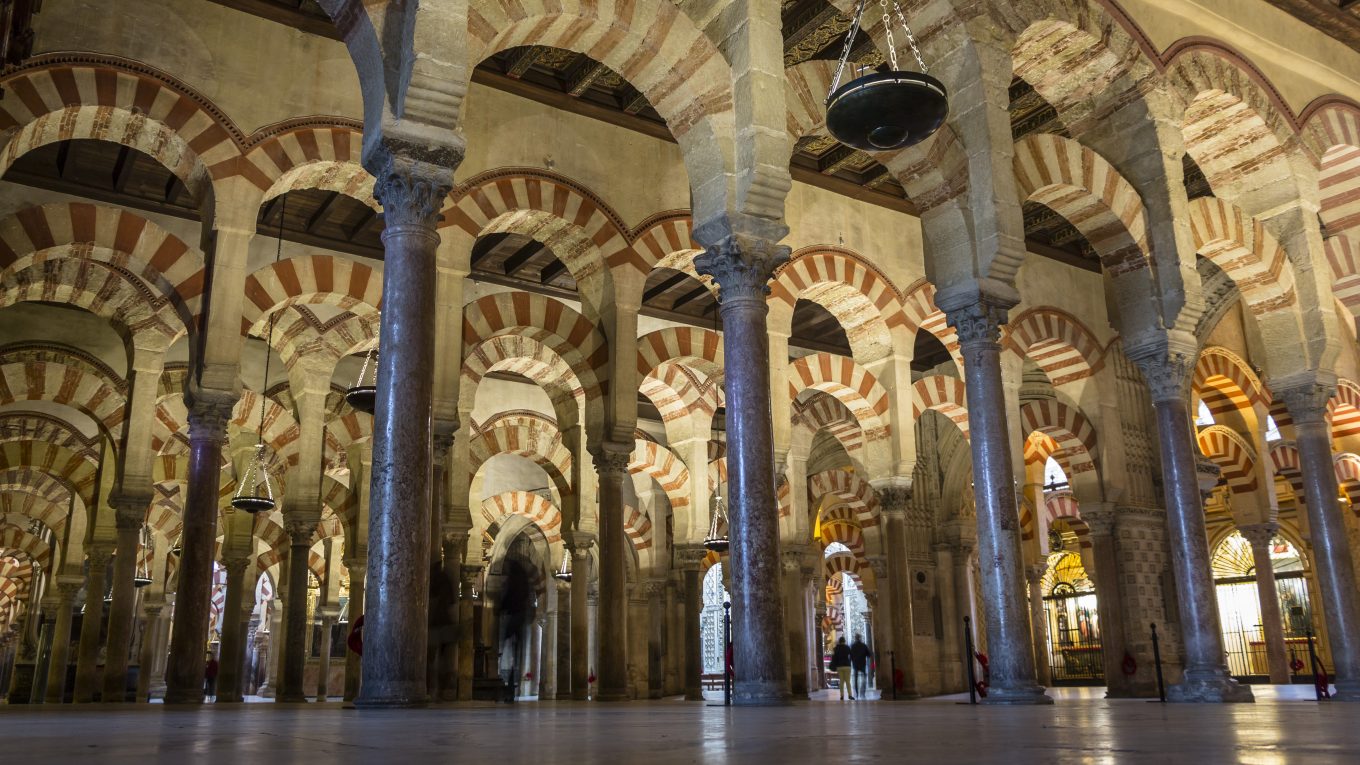A city tainted by car fumes and streets bursting at the seams, Cairo’s urban sprawl overshadowed many parks through time. A breath of fresh air, the Andalus Garden is synonymous with nature, an oasis in Cairo’s obstruction.
The garden sits on the bank of the Nile as visitors nonchalantly pass by it on their way to the Zamalek and downtown area. A hidden gem living behind a tall fence, the ever-magnificent garden is a place for the admirers of lush gardens, of lovers in beautiful landscapes, and of tellers of history.
In 2020, the Governor of Cairo, Khaled Abdelaal, announced a plan to renovate Al Andalus Park in Zamalek. Abdelaal said that the restoration procedures are being carried out by a company specialized in heritage and archaeological restoration, under the supervision of the Ministry of Antiquities.
The Andalus Garden was established in 1929 by Zulfugar Pasha as a present to his wife, covering an area of 8,400 square meters. It was originally designed to be part of the royal mansion of Khedive Ismail, and its former grandeur can still be felt today.
Belgian agricultural engineer Gustave Delchevalerie, alongside compatriot architect Pierre Barillet Deschamp, greatly influenced the landscape architectural development of 19th century Cairo. Delchevalerie was poached by Khedive Ismail to direct the gardens and plantation of Egypt.
Delchavelarie described the Andalus Garden as the River Garden or the River Promenade in the 19th century.
The park carries fusions of Moorish and Arab styles. Moorish art developed in the 11th century as a variation of Islamic art. Similar to Islamic architecture, Moorish architecture has distinctive motifs such as a variety of rounded arches, intricate Arabic calligraphy, geometric designs, and decorative tilework.

Al Andalus, or Muslim Spain, refers to the Muslim kingdom that occupied the IberianThe Arabic name Al-Andalus was originally applied by the Muslims, or Moors, to the entire Iberian Peninsula Peninsula.
The Moorish motifs in the garden parallel the traditional Andalusian architecture style. The greenery of the park infuses with the colorful mosaic benches.
The park is divided into three sections. The first section is mainly composed of narrow passages with different trees and plantations surrounding them and several replicas of ancient Egyptian statues. Palm trees adorn the garden as they give a feeling of seclusion from Cairo’s outside urbanization.
The second part is infused with Andalusian motifs, and is mainly dominated by the ‘Prince of Poets,’ Ahmed Shawky’s statue, which is located in an arched royal hall at the highest point overlooking the garden and a central fountain.

The third part is named ‘Al-Fardus’ and it has an arabesque design and architecture. All we know of heaven is in the ‘al-fardaus,’ area of the park – a quiet place for the long talks of leaked dreams, an exquisite respite from the busyness of Cairo.
Rich in history, the garden exudes stillness and calmness in a city that inhabits the harshness of the busy world we live in. Infused with hints of nostalgic remembrance and a hopefulness to a bright future, the Andalus Garden is a beauty amidst ashes.







Comments (2)
[…] Andalus Park, Cairo’s hidden gem of a public green space, likely in the 1950s. This beautiful garden is hidden behind tall fences in the middle of urban sprawl, and has a view of the Nile and several major Cairo attractions. Imagine stepping from the city into this? The full park contains approximately two acres of trees, mosaics, and massive statues, and has been a landmark since 1929. It was built by architect Zulfugar Pasha as a gift to his wife. What a gift! […]
[…] جوهرة النيل: حديقة الأندلس بالقاهرة […]